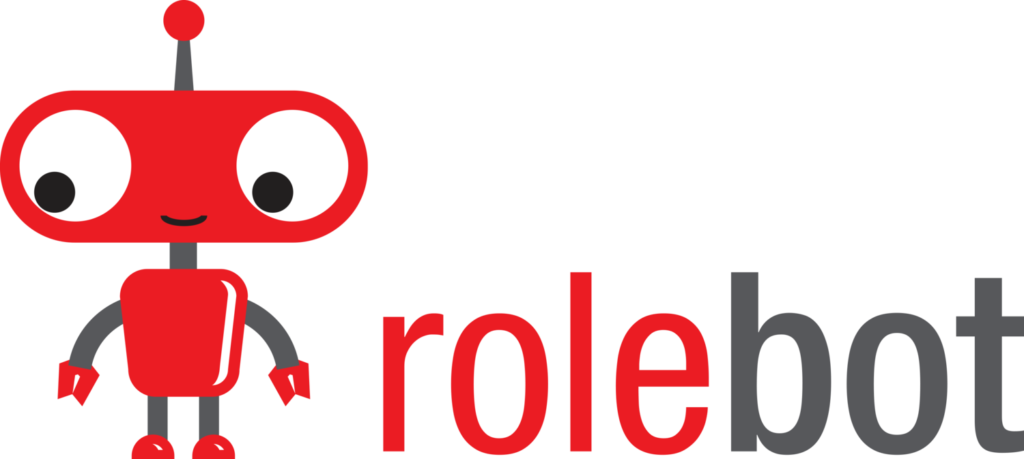 →
→
Rolebot has merged with Visage
Rolebot is now part of Visage. Our tools, team, and platform are united under the Visage brand.
See the announcement for details: how Rolebot’s AI sourcing combines with Visage’s automation, integrations, and human sourcers to provide a SOCII-compliant platform.
Read the announcement
As a Rolebot client, you have already received a signup invite to Visage by email.
I can’t access Visage